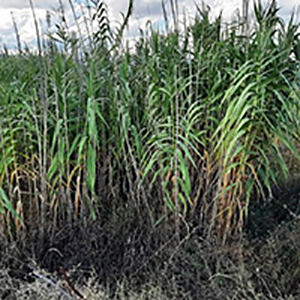Experimental analysis on concrete blocks reinforced with Arundo donax fibres

All claims expressed in this article are solely those of the authors and do not necessarily represent those of their affiliated organizations, or those of the publisher, the editors and the reviewers. Any product that may be evaluated in this article or claim that may be made by its manufacturer is not guaranteed or endorsed by the publisher.
Authors
Over the last decades, there has been growing attention in research and development on non-conventional building materials, such as vegetable fibres (e.g., flax, hemp, jute, etc.), to be used as eco-friendly materials in a wide range of applications in civil construction. The main reasons for this interest are related to the specific properties, price, and sustainability of natural fibres, which can be considered ‘green’ building materials. In this article, the tensile strength of a new type of fibre extracted from the stem of the Giant Reed Arundo donax L. has been investigated. First, these fibres, which widely grow in Mediterranean areas but are diffused worldwide as well have been extracted from the outer part of the plant stem. Then, in order to have an initial idea of their influence on the mechanical properties of concrete, some experimental bricks have been prepared, with the addition of different weight percentages of this vegetal fibre. Compression and tensile tests on the whole block have been performed to assess the mechanical properties of these bricks. Hence, the differences between concrete bricks without fibre and those reinforced with different weight percentages of natural fibre have been analysed, assessing their potential applications in bio-architecture.
How to Cite

This work is licensed under a Creative Commons Attribution-NonCommercial 4.0 International License.














